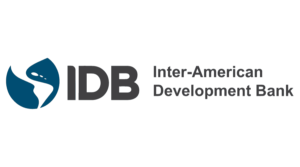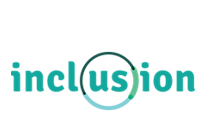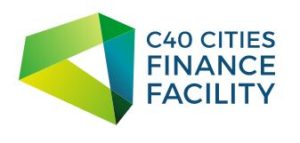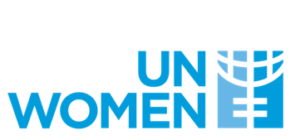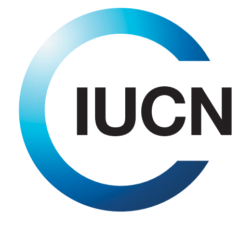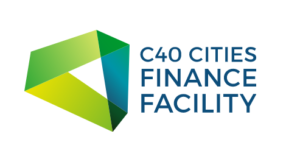
The CFF has compiled this toolkit in collaboration with eThekwini Municipality (Durban) to guide practitioners, decision-and policy-makers, and anyone interested in the topic, on how to improve the overall health of rivers. The toolkit comprises both grey infrastructure (i.e. human-engineered hard structures, such as gabions) and light-touch grey infrastructure (i.e. ecologically-friendly engineering solutions, such as wetland construction and brush packing). Each intervention option is accompanied by a specifications sheet with relevant information for planning, designing, financing and implementation. Whilst the interventions proposed in the toolkit are focused on the Kwa-Zulu Natal context, they can be applied elsewhere following the appropriate contextualisation process.
Lifecycle Phase(s): Strategic PlanningPublic authorities identify the needs and long-term vision for infrastructure development., PrioritizationAuthorities decide which projects to realize and how to allocate resources., Project PlanningGeneral strategy for a project’s delivery is developed.
Type(s) of Tool: GuidelinesOperationalize sustainability principles, less specific than Benchmarks or Rating Systems.

